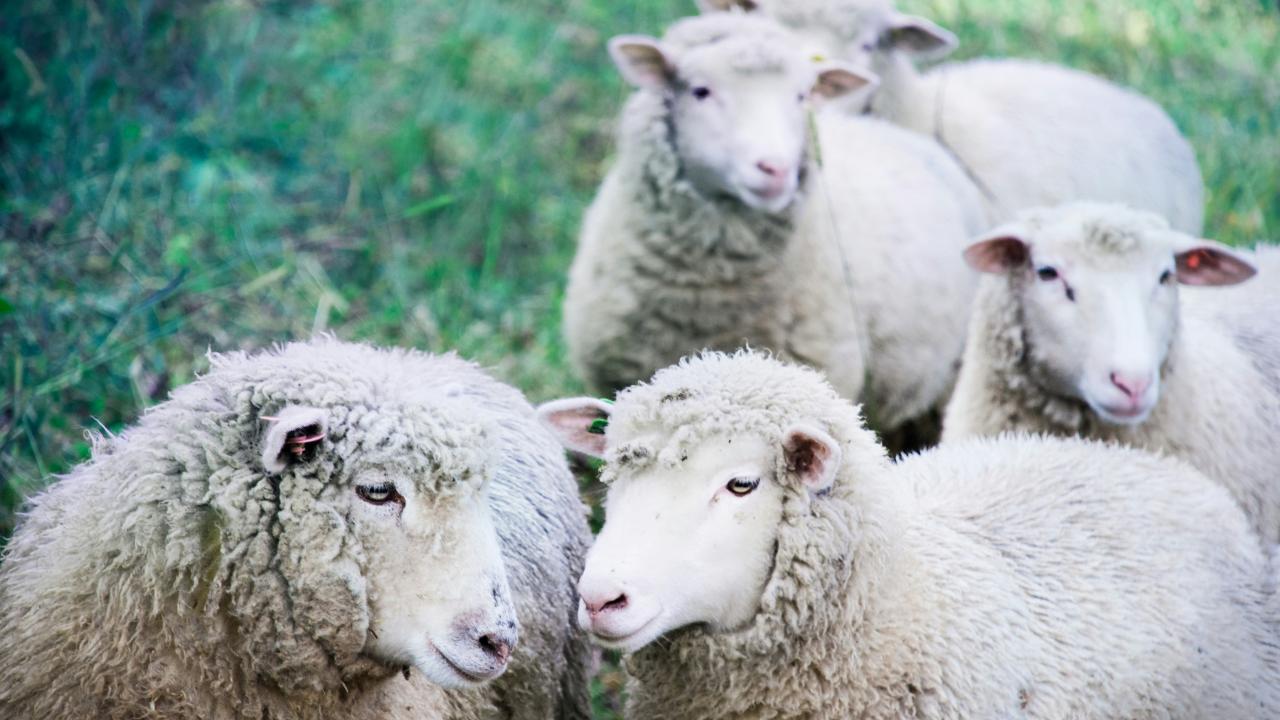Market marooned as wait continues

LAST week the wool market once again meandered along, more or less sideways, but easing a little by the close of play.
The Eastern Market Indicator inched 7c/kg lower in both local currecncy and US dollar terms.
Superfine and ultrafine wools, especially those with the required certification, are still selling very well.
A report from Schneider suggests a shortage of cashmere due to poor seasonal conditions in Mongolia is driving the need to replace normal stocks of this noble fibre with the other noble fibre of superfine Merino.
This can only be a good thing in the longer term as mills and consumers realise that superfine Merino is an adequate replacement, and hopefully prices for our product remain at similar price levels too.
It has always been a bone of contention that the price of 14- micron cashmere is so much higher than the price of 14- micron Merino, but the gap is closing this year. Hopefully we will eventually achieve parity for these very similar fibres.
Medium Merino prices eased slightly and remain marooned around the 20 to 30 per cent ranking for the past five years.
This is disappointing, but points to plenty of upside potential once we get the elusive demand side of the equation moving again.
Crossbred wools are around the 40 per cent ranking for the past five years and while still not great, have weathered the storm of high stocks of recent years and now have plenty of blue sky ahead of them.
No doubt much better meat prices this year are making the first cross lamb producers a little more contented.
The carding market remains lacklustre but the main processing season is approaching so if the ducks do align, perhaps we can see some sort of a resurgence in the new year for these short wools.
Knitwear continue to be the best-performing garments at retail level, and therefore the most sought after greasy wool.
Plenty of processors around the globe are lamenting the continued casualisation of workplace and social attire, therefore making it extremely difficult to sell their previous foundation level of suits.
This trend has been in place for the past couple of decades. In Japan, for instance, it gathered momentum in 2011 following the Fukushima nuclear disaster which led to energy restrictions and in turn less air-conditioning in offices, and a subsequent easing of attire rules.
We all know fashion is fickle and no one size fits all. Top European mills are still able to produce elegant, worsted Merino fabric and f ind willing buyers but second-tier producers that were previously riding on the coat tails of those market leaders are f inding it harder.
The Asian uniform sector is not the saviour of these worsted fabric mills either, with many government departments tightening their belts, especially in China.
The American economy continues to perform strongly and it has been the best market for Merino fabric all year. Interestingly, data is suggesting green shoots in the languishing German economy.
Given the stagnant conditions in the wool market over the past 18 months the Australian producers and brokers have actually managed to keep a fairly clean pipeline, with really only carbonised wool and noils building up.
Sure, there is some worsted fabric in stock, but not much in the way of greasy wool, tops or yarn, so when demand does eventuate the pull-through effect will be interesting.




Add new comment